As the vibrant and colorful sweep of summer is replaced by the cozy and serene ambiance of autumn, various iconic elements begin to take center stage. Among these, the autumn garland stands as a captivating piece of decor that personifies the spirit of fall in every dried leaf, blooming autumn flower, pine cone, and fall-inspired trinket that it bears. Drawing inspiration from the rich, warm colors of fall, these garlands become a symbol of festivity and joy, transforming homes into an autumn wonderland. This discussion delves into intimate details of an autumn garland – their individual elements, the process to create one, and the art of maintaining their unique charm year after year.
Elements of an Autumn Garland
Materials for Making Autumn Garland
Creating an autumn garland can be a fun craft project as fall approaches. The materials used to create this seasonal decoration often include natural elements that are abundant during autumn. Dried leaves, for example, are a staple for any autumn garland, bringing an organic, earthy touch with their rich tones of browns, oranges, and reds. You can gather these leaves from your backyard, or nearby parks.
In addition to dried leaves, autumn flowers are often included in an autumn garland. Examples of fall flowers include pansies, asters, and chrysanthemums, all of which bloom beautifully in the fall. Their vibrant colors can complement the warm tones of the dried leaves, creating an appealing aesthetic for your garland.
Pine cones are another great element to include in an autumn garland. They can be found in many parks and forests during the fall season. Pine cones add texture and a rustic charm to the garland. You can use pine cones in their natural state or paint them to match the color scheme of your garland.
Adding Fall-Inspired Trinkets
To diversify the materials in your autumn garland, consider incorporating fall-inspired trinkets. These can include small fabric pumpkins, faux berries, miniature cornucopias, or even small artificial birds. The inclusion of these elements can add more depth and visual interest to your garland, making it unique and personalized.
Color Schemes for Autumn Garland
The color scheme for an autumn garland often focuses on warm, fall-inspired colors that exude warmth and festivity. This typically includes various shades of red, orange, yellow, and brown. These colors are a reflection of the changing colors of the leaves, creating a true fall-inspired look for your garland.
However, you can also experiment with other related hues to create different visual effects. For instance, incorporating pops of deep burgundy, burnt sienna, or even a touch of forest green can take your autumn garland to the next level. Even metallics, such as gold or copper, can add a wonderful sparkle to your garland.
Embracing Autumn with a DIY Garland
Embracing autumn by crafting your own garland is a wonderful way to introduce the charm of the season into your home decor. The selection of materials and the color scheme you choose can result in a festive and seasonal decoration that truly embodies the warmth and richness of fall. You might choose traditional elements such as dried leaves and autumn blossoms, or perhaps you’ll opt for more distinctive embellishments like trinkets inspired by the season. Regardless, your original autumn garland is guaranteed to provide your home with a delightful autumnal ambiance.
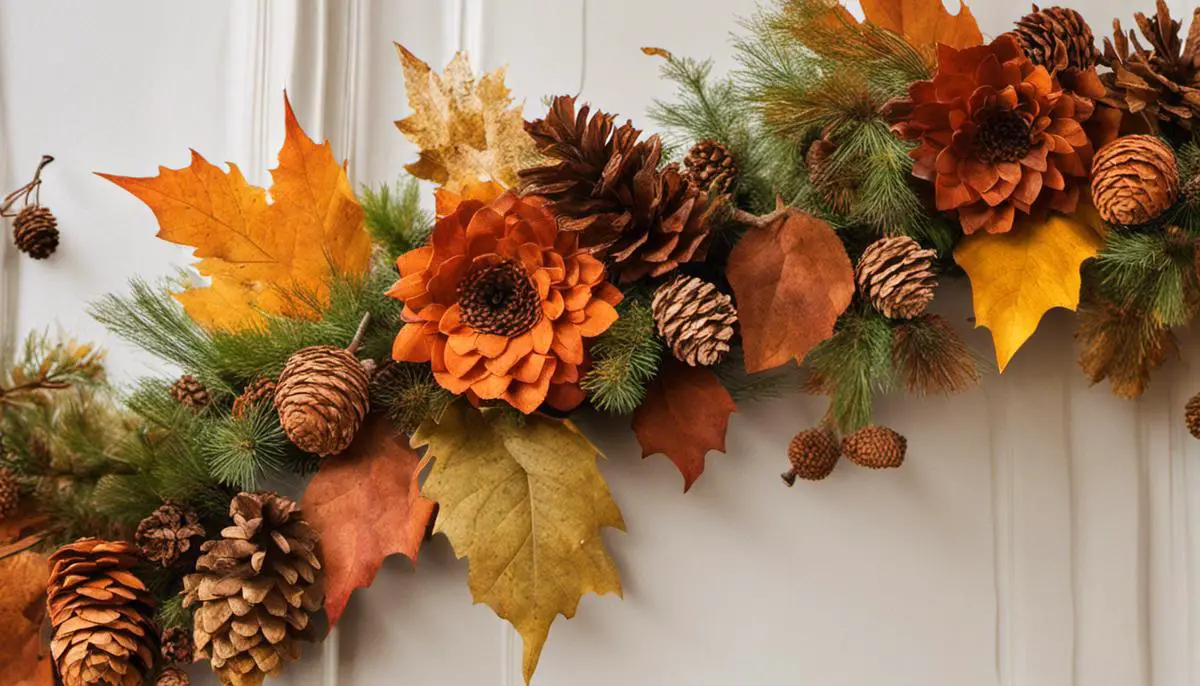
Creating An Autumn Garland – A Step-by-Step Guide
Handpicking Materials for Your Autumn Garland
The first and most essential part of bringing your autumn garland to life involves handpicking the perfect materials. The versatility of this decor piece allows for a wide array of materials that cater to your personal taste and the particular aesthetic you seek. Nature provides an abundance of options, with acorns, pinecones, dried corn, and leaves embodying the essence of fall. However, if you prefer artificial elements, a stroll through your local craft store is bound to yield a diverse selection of fall-themed items such as miniature pumpkins, decorative acorns, and lifelike faux leaves.
Preparation for Garland Making
Once you have your materials, it’s time to prep them. If you’ve selected natural items, it’s essential to make sure they are clean and free of bugs. A simple washing and drying process should suffice for most items. Also, if you’re using leaves, consider how you want them to look on your garland. If you like the idea of colored leaves, you may need to dry them out first or preserve them using glycerin or other methods, a process easily researched online. For those using craft store objects, no preparation should be necessary.
Assembling the Autumn Garland
Now that you have your materials and they’re prepared, it’s time to start creating your autumn garland. Start by determining the length of your base, which can be an existing string or wireframe on which you’ll build up your design. You might wish to loosely knot the components onto twine or string. If you are using smaller, lightweight items, you could even use a hot glue gun to affix your decorations.
As you’re assembling, it’s important to remember to evenly distribute your items along your base. Also consider creating a repeating pattern of objects, which will contribute to a cohesive aesthetic. Experiment with different arrangements before committing to gluing or tying down, as the components can sometimes look different once they’re part of the garland.
Incorporating Lighting and Finishing Touches
You might like to add some finishing touches to your autumn garland. Wrapping fairy lights around the garland can add a magical touch and provide some extra lighting. Other options could include attaching ribbons or other trinkets you feel suit the fall aesthetic.
The key to crafting the perfect autumn garland lies in your enjoyment of the process and the expression of your creativity. Whatever materials or methods you prefer, the possibilities are truly endless. These are mere suggestions, so feel free to experiment and, above all, remember that enjoyment and personal satisfaction are the main objectives of any DIY project.

Autumn Garland Maintenance and Storage
Caring for Your Autumn Garland
The longevity and vibrance of your autumn garland can be significantly extended by avoiding exposure to harsh conditions such as extreme temperature changes, high humidity, and direct sunlight which could cause it to wilt or fade. A useful tip is to use a specially formulated spray coating that helps preserve the color and structure of dried materials, ensuring that your garland stays vibrant throughout the season.
Proper Storage Procedures for Autumn Garlands
For proper garland storage, ensure the garland is completely dry before storing, as any remaining moisture can lead to issues such as mold and mildew. Wrap the autumn garland in acid-free tissue paper, avoiding any material that might discolor the leaves. Store it in a durable, waterproof container to protect from damp environments. It’s also advisable to store the garland at room temperature in a dark, dry place. This helps preserve the garland’s color and prevents it from deteriorating for future seasons. Avoid stacking other items on top of the stored garland to prevent shape distortion and damage.
Addressing Common Autumn Garland Issues
If the autumn garland wilts, it may be because it wasn’t properly dried before storage or it was exposed to high amounts of moisture. To prevent wilting, always ensure the garland is thoroughly dried and stored properly in a cool, dry place.
The loss of color in your garland can be prevented by minimizing its exposure to harsh lights or sunlight. Coat the garland with a UV protective spray to offer some resistance to color fading. If the garland has lost color, it may be possible to restore its natural look by gently applying a bit of craft paint or spray. Remember to choose a color that matches the original colors closely to maintain a natural appearance.
Garland pests can also pose a problem. The most common culprits are insects that found their way into the garland while it was still outdoors. To get rid of these without damaging the garland, consider using natural insecticides or gently shaking the garland to dislodge any insects. Regular inspection and cleaning of the garland can prevent future infestations.
Autumn garlands, when properly maintained and stored, provide an elegant touch for the fall season for years to come. To ensure their longevity, it’s important to address any potential issues promptly and take the necessary preventative measures.
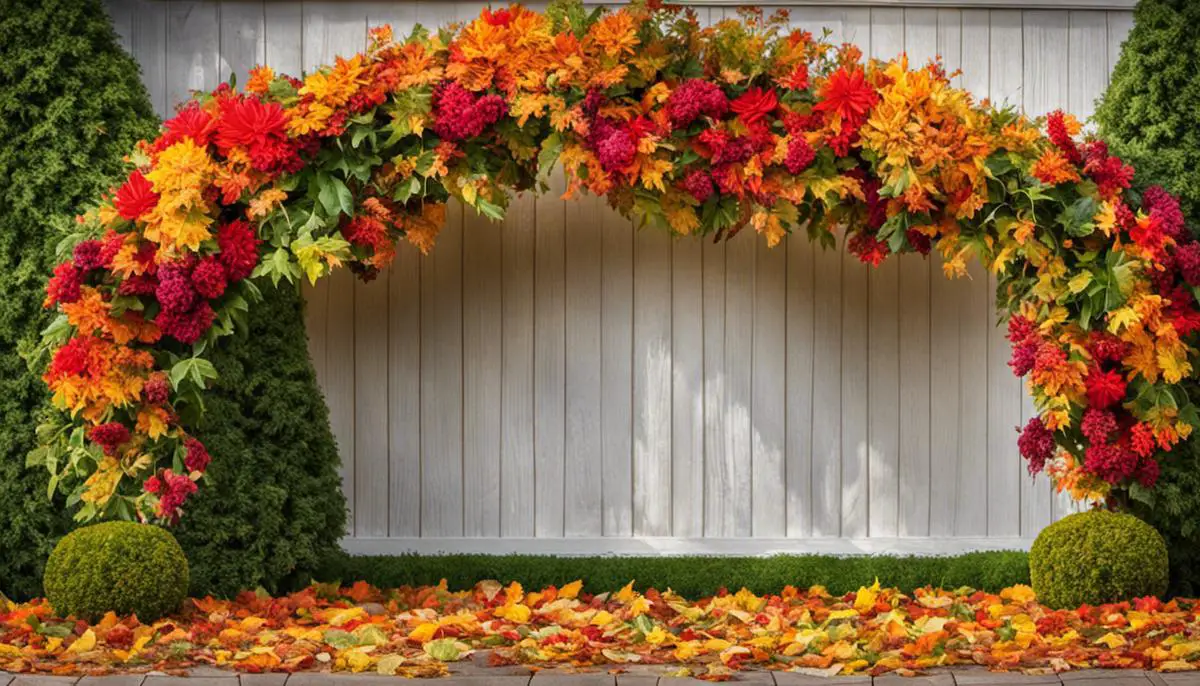
Crafting an autumn garland is not just a hands-on project for DIY enthusiasts but also a tribute to the enthralling beauty of the fall season. However, the beauty of your garland is directly proportional to the care it receives, a critical aspect that gets covered in our discussion about maintenance and storage. Knowledge about potential concerns like wilting and loss of color and their remedies will help keep your garland vibrant and shiny. The process, despite being elaborate, will leave you with a sense of gratification unmatched. The smell of dried leaves, the sight of beautifully arranged autumn flowers, pine cones, and other trinkets is almost therapeutic, bridging the gap between nature and our abodes, making every fall a memorable one.

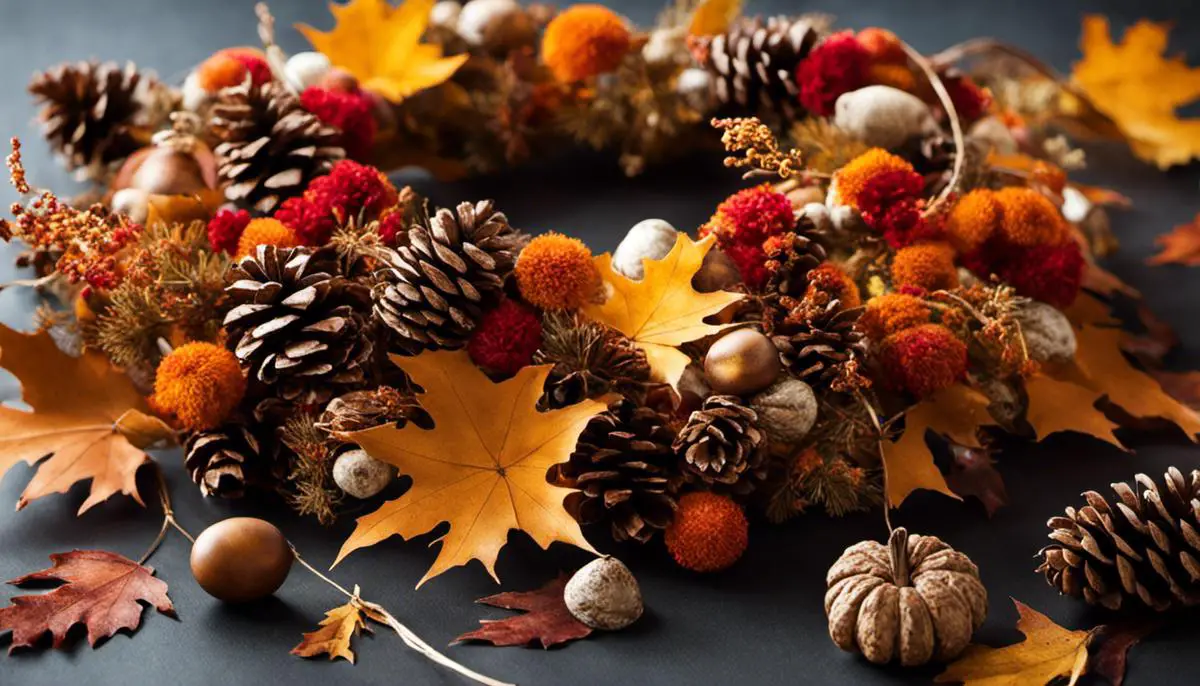
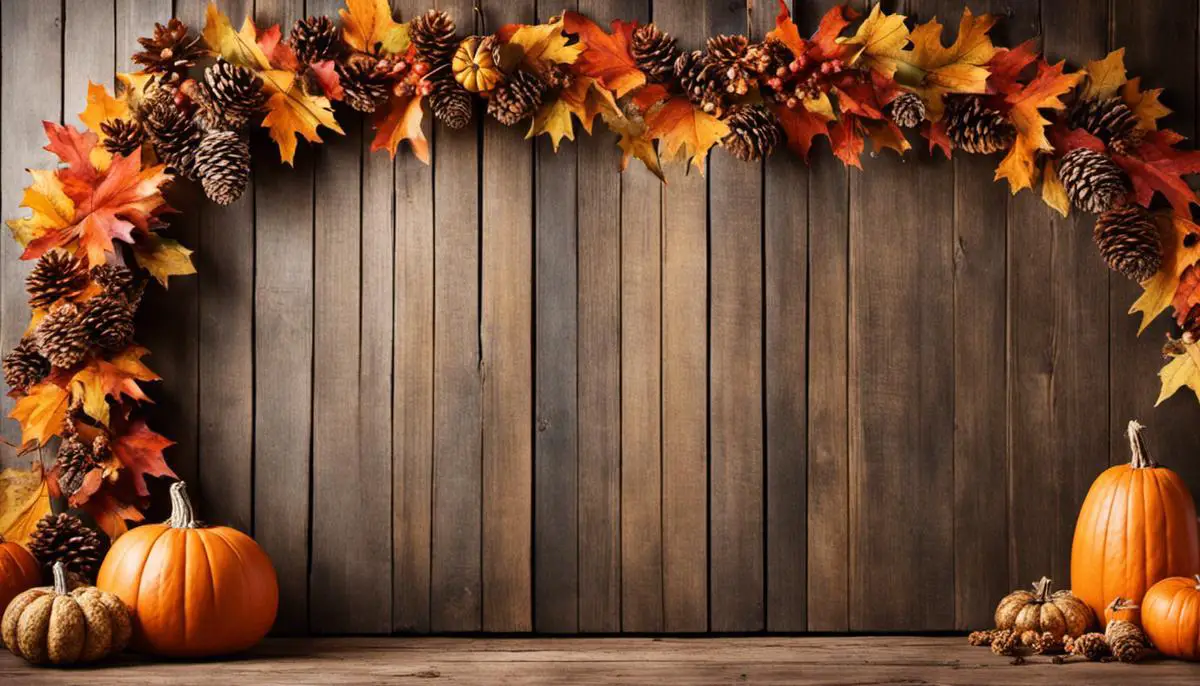
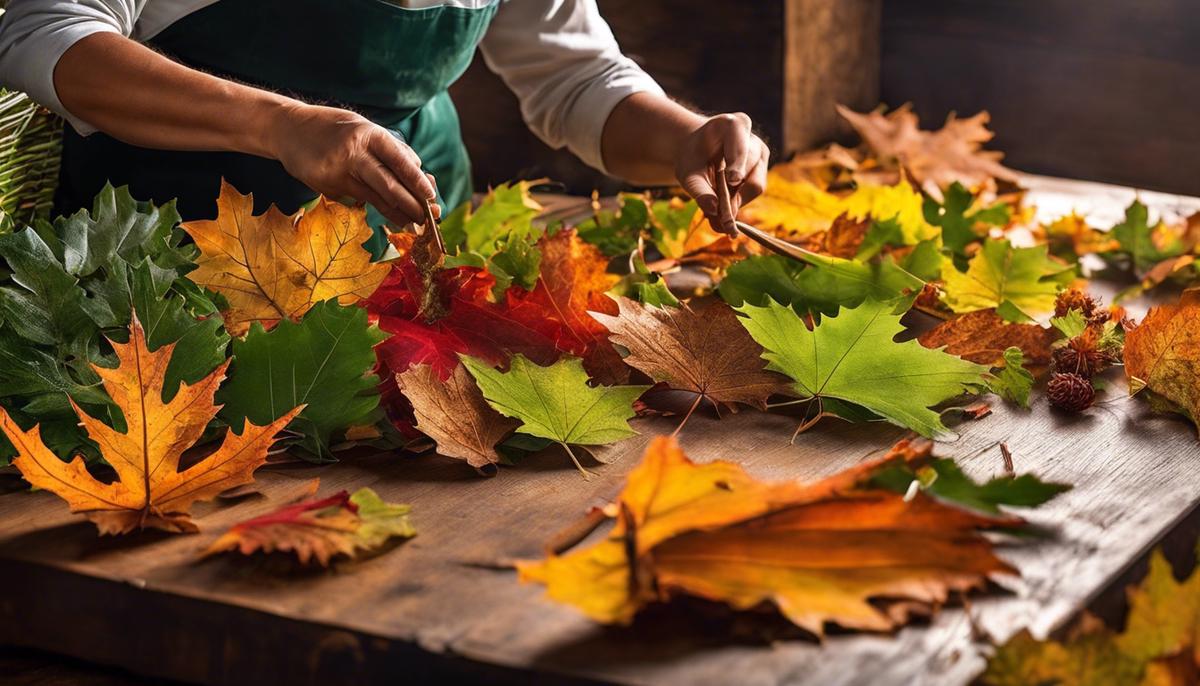
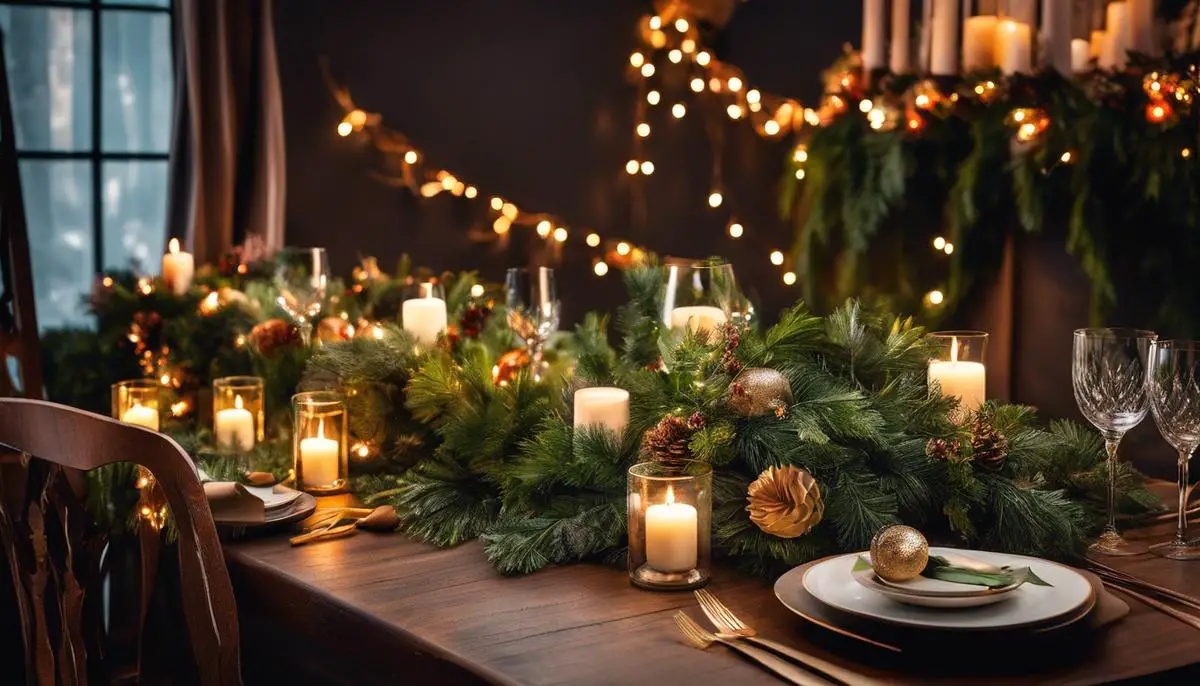
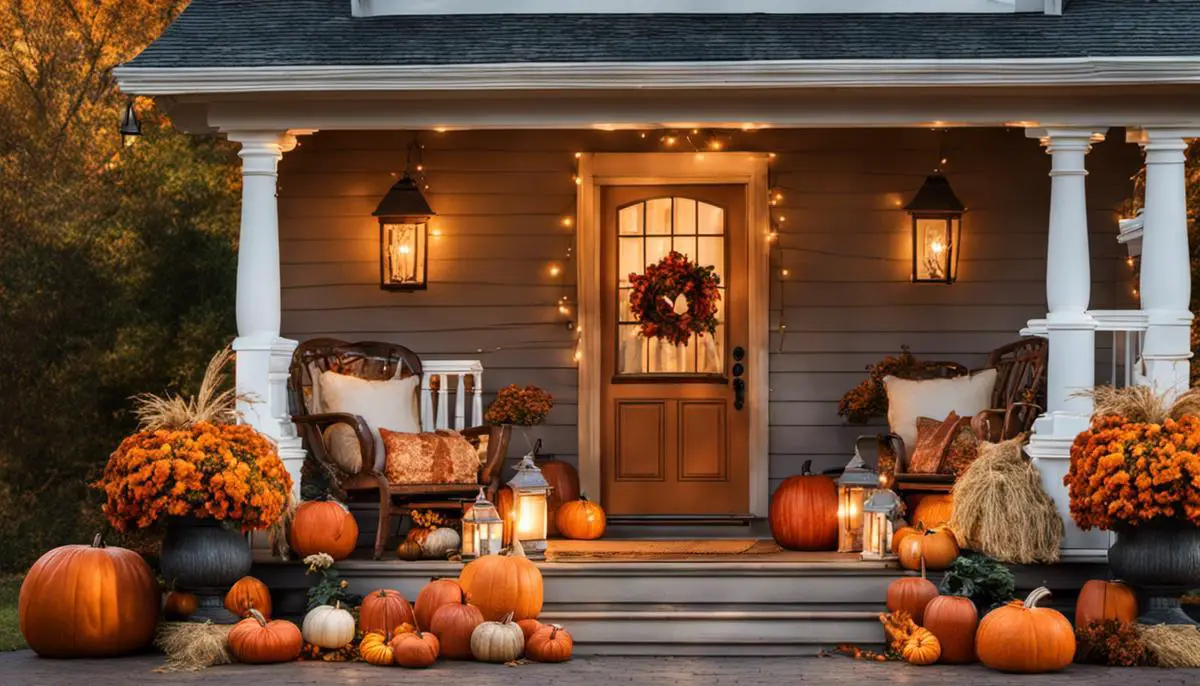


Leave a Reply